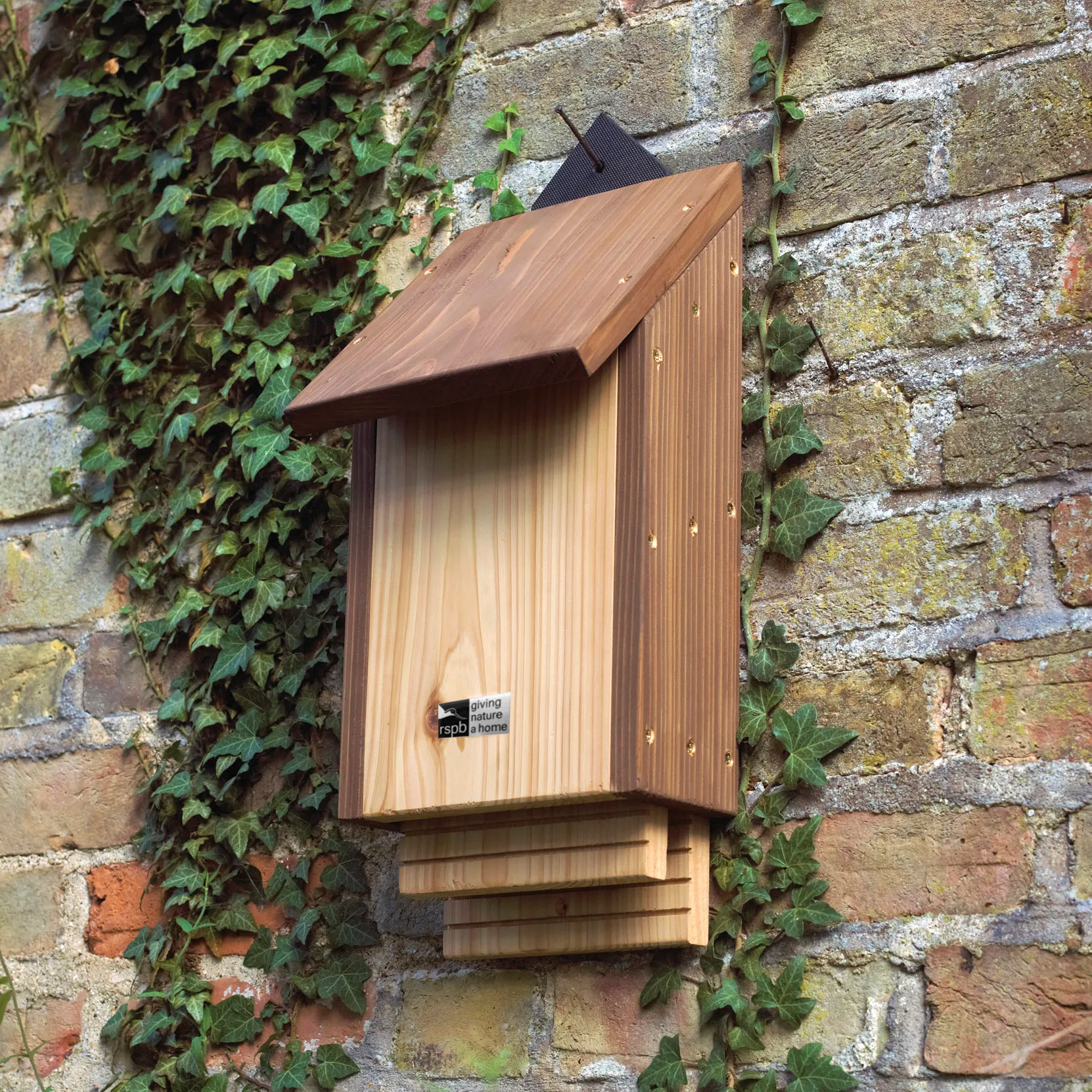
To make your own bat box, get hold of some untreated, rough-sawn wood. That can be easier said than done! You will probably need to go to a saw yard rather than a timber merchant, as you’re unlikely to find it at a DIY store. Make sure you look for the Forest Stewardship Council (FSC) logo.
If your wood feels too smooth, roughen it by dragging the teeth of a saw across the surface – this helps bats get a good grip as they clamber around their new home.


